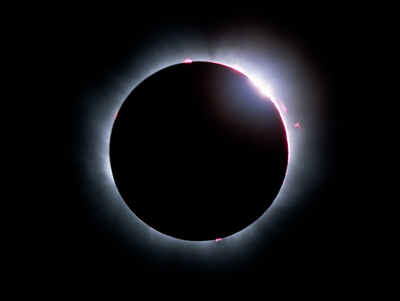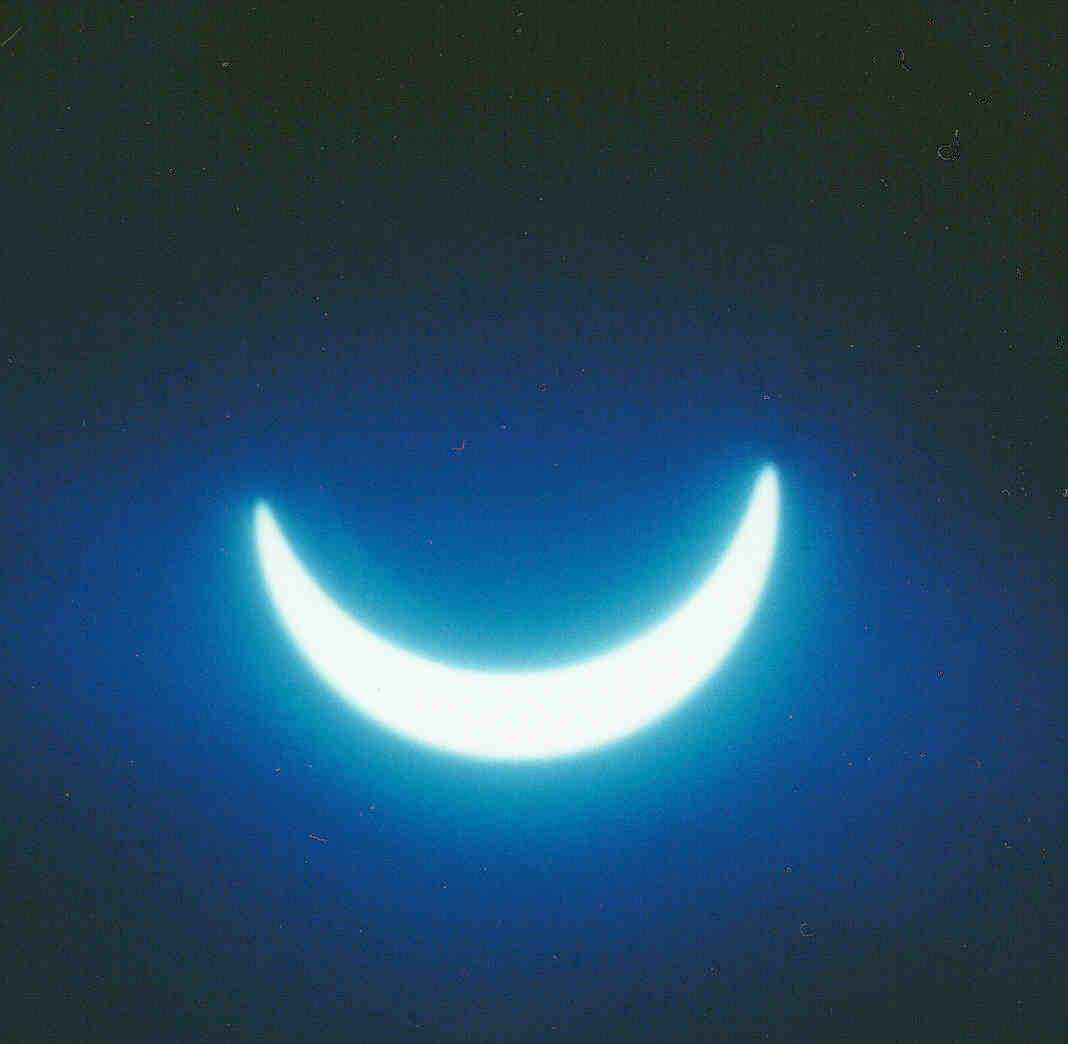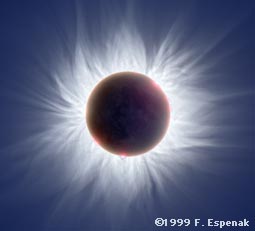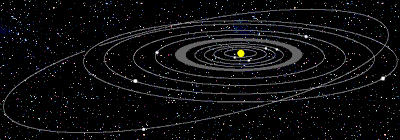
You can easily see two of the major planets in these nights (as of December 2008).
VENUS hangs bright in the evening twilight just after sunset in the western sky.
As it is always not far from the Sun, Venus will show a gibbous phase, up to a crescent. It is the phases of
Venus which, when first observed by Galileo, confirmed the
theory of an earth centered universe. According to the popular belief of the
time, the earth was the most important body in the universe and therefore
should be at the center. However, the observations of the planetary motions
did not support that conclusion. Some said that if the Sun were indeed the
true center of the universe, and the Earth as a mere planet along with all
of the others, any bodies closer to the sun would show phases like the moon.
With his newfound telescope, Galileo chose Venus as a likely candidate to
demonstrate this, and in 1610 clearly observed the planet both changing
phases and its size as it changed its distance to the earth. This exactly
fit the radical new Copernican theory.
JUPITER is close to Venus, on the right, just a little less bright. With a small telescope you can see its 4 major satellites revolving night after night around the planet.
MARS is too close to the Sun to be seen.
As of November 2008, there are two functioning pieces of equipment (both American) on the surface of Mars sending pictures back to Earth: the Spirit rover and the Opportunity rover. Their task is also to search for signs of life.
.
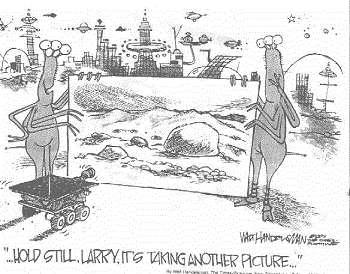
4 MILLION PEOPLE LIKE YOU HAVE BEEN ENGAGED
IN THE SEARCH FOR E. T. SITTING AT THEIR PCs.
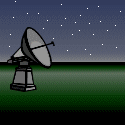
DO YOU WANT TO JOIN THEM?
| cosmology hints |
Which one of the following pictures of the 1999 Sun total eclipse was taken from my house's terrace?
